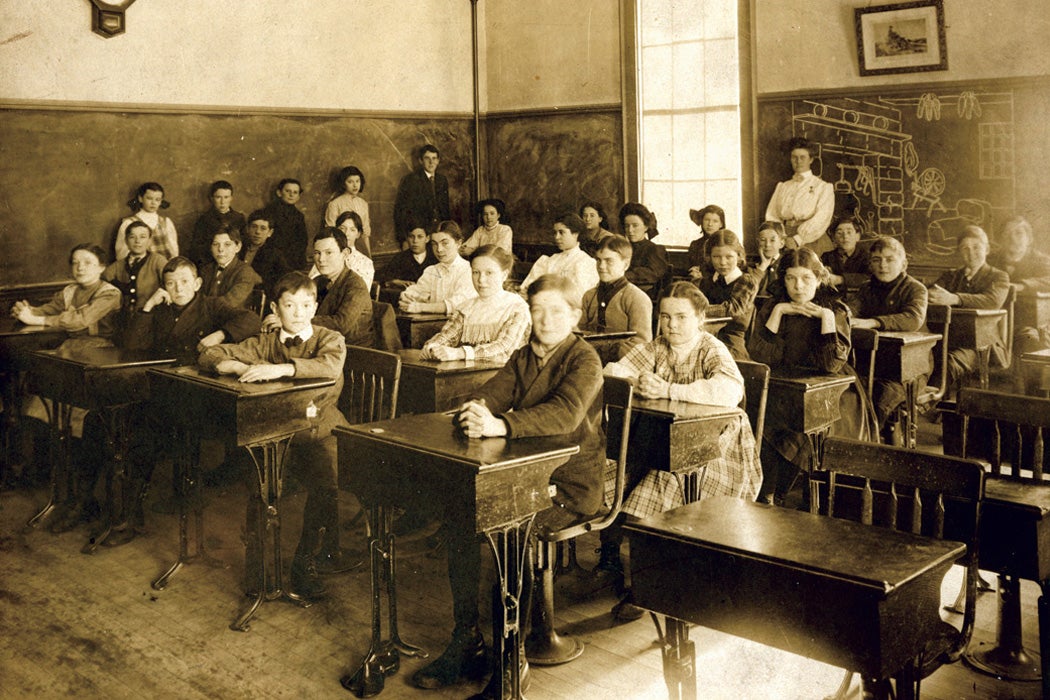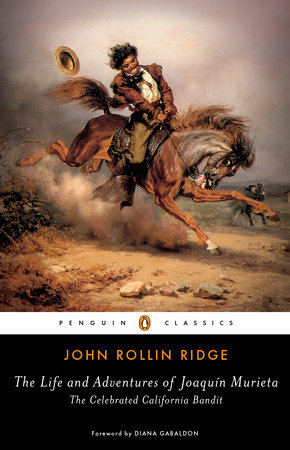‘I am who I am’: Kamala Harris, daughter of Indian and Jamaican immigrants, defines herself simply as ‘American’Posted in Articles, Media Archive, Politics/Public Policy, United States, Women on 2019-02-03 04:47Z by Steven |
The Washington Post
2019-02-02
Kevin Sullivan, Senior Correspondent
 Sen. Kamala D. Harris (D-Calif.), center, sings the Alpha Kappa Alpha hymn at the sorority’s annual “Pink Ice Gala” on Jan. 25 in Columbia, S.C. (Elijah Nouvelage/Bloomberg News) |
SAN FRANCISCO — In early 2010, an Indian American couple hosted a fundraiser in their elegant Pacific Heights home for Kamala Harris, then a Democratic candidate for California attorney general.
Harris had been San Francisco’s high-profile district attorney for more than six years, but Deepak Puri and Shareen Punian had only recently learned that Harris was, as Punian said, “one of our peeps,” a woman whose mother was an Indian immigrant.
They had always assumed Harris was African American, and so did most of the 60 or 70 Indian American community leaders at the event, many of whom asked Puri and Punian why they had been invited.
“At least half of them didn’t know she was Indian,” said Punian, a business executive and political activist.
Harris, 54, now a U.S. senator and 2020 Democratic presidential candidate, would be several firsts in the White House: the first woman, the first African American woman, the first Indian American and the first Asian American. The daughter of two immigrants — her father came from Jamaica — she would also be the second biracial president, after Barack Obama.
Obama’s soul-searching quest to explore his identity, as the son of a white mother from Kansas and a Kenyan father who was largely absent from his life, was well-documented in his autobiography.
But when asked, in an interview, if she had wrestled with similar introspection about race, ethnicity and identity, Harris didn’t hesitate:
“No,” she said flatly…
Read the entire article here.




